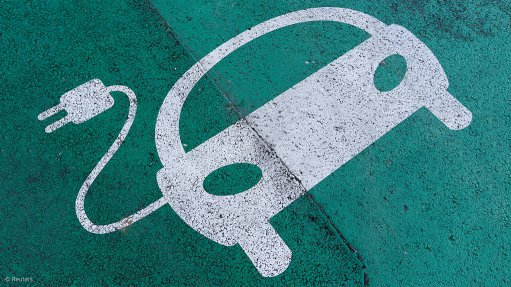
The automotive industry’s use of lithium-ion batteries is on track to grow seven-fold to 650 GWh by 2025, from 70 GWh in 2017; the increase in energy storage, although from a lower base, will add to this, says specialist international publisher Metal Bulletin.
It adds that the electrification of vehicles and the need to store electricity, generated by renewable energy sources such as wind and solar, point to huge demand growth for lithium-ion batteries.
Government subsidies and incentives in many countries – most notably China – are encouraging sales of electric vehicles (EVs) and e-buses.
For now, the cost of manufacturing EVs remains more expensive than a vehicle powered by a comparable petrol or diesel internal combustion engine (ICE), owing to the cost of the EV’s battery pack.
However, economies of scale are at work in bringing down battery costs; and as EV and ICE vehicle prices converge, the cheaper running cost of EVs is expected to make them the vehicle of choice.
Battery pack costs have fallen to around $200/kWh this year, from around $1 000/kWh in 2010, and may reach a battery cell cost of $100/kWh this year, with its battery pack costs expected to reach that level in 2020.
The $100/kWh price tag for a battery pack is thought to be the tipping point where EV and ICE costs are similar.
Metal Bulletin further expects many consumers to see EVs as a must-have status symbol well before prices converge. The publisher questions whether raw material supply will be able to respond in time.
“In most cases, the supply chain is coping with the rollout of EVs but the technology is at the start of the ‘S’-curve. The entire supply chain must work hard and in a coordinated way to feed this new supercharged era.
The supply response from raw material producers to processors, cathode and battery manufacturers and original-equipment manufacturers will be massive, with output needing to increase many times over in a short period to keep up with even the more conservative demand outlooks,” notes Metal Bulletin.
Given that it normally takes about seven to ten years to bring a new greenfield mine on line, the need for current production to double, triple or quadruple over that kind of timetable is a tall ask.
Luckily, supply responses are already under way and there is excess capacity in the system, albeit not all able to provide the right grade of material, so there is some leeway, but little room for complacency, states Metal Bulletin.
“Given the enormous task ahead, we expect partnerships will have to form to match the right type of supply to the particular demand. Good communication between downstream manufacturers and upstream producers will be essential to facilitate the battery evolution.”
In addition, Metal Bulletin forecasts that battery raw material prices will have to stay elevated to incentivise the massive investment needed to bring new supply on line in a timely manner.
Lithium and cobalt are currently seeing a supply response to the demand shock that came out of China late in 2015 and that was triggered when China’s thirteenth five-year plan targeted five-million EVs on the road in 2020 (which was later revised to two-million EVs). This sent battery and EV manufacturers scrambling to build additional capacity.
When spot demand for lithium and cobalt raced higher in China, prices climbed, which, in turn, has attracted more investment in production. Lithium spot prices, basis ex-works China, as assessed by Metal Bulletin, climbed to a high equivalent in dollar terms of $26.18/kg in December 2017 from around $8/kg in June 2015 and the benchmark cobalt price rallied to a high of $43.70/lb from $13.50/lb in June 2015.
Metal Bulletin forecasts a lithium surplus of around 7 000 t this year and around 29 000 t in 2019, and a cobalt surplus of about 4 000 t this year and 9 000 t in 2019.
“Given this supply response, we expect lithium and cobalt prices to decline, as indeed has been the case in recent months, with lithium carbonate prices, ex-works China, having dropped 34% in yuan terms to 115 500 yuan per tonne after peaking late in November last year at 175 000 yuan per tonne,” explains Metal Bulletin.